Pokémon Go is now available for iOS and Android and trainers young and old can go out into the world and catch your favorite Pokémon.
But before you go out into the wild, you’ll want to brush up some of the basics and features of the new mobile game so you can become a Pokémon Master that much quicker. So let’s start off with the basics.
BASICS
When you boot up Pokémon Go for the first time, you’ll have to customize your trainer, name him/her and then choose your starter Pokémon. You choose from either Bulbasaur, Charmander or Squirtle, the classic Gen 1 starters.
Once you’ve caught your first Pokémon the real adventure begins with the interface showing your trainer walking on a Google Maps-esque layout. The GPS on your smartphone will pinpoint your location. On the map you can see landmarks that represent PokeStops and Gyms. You won’t be able to access them until you get closer to their destination, or in the case of Gyms at a certain level (more on Gyms and PokeStops below).

You’ll also see rustling grass. If you walk towards it a Pokémon will appear and you will attempt to catch it. If you look on the bottom right corner of your screen, you can pull up the menu that tells you what Pokemon are near you.
Each Pokemon will have zero to three footprints underneath them. Zero means they are really close and three means they are the furthest away.
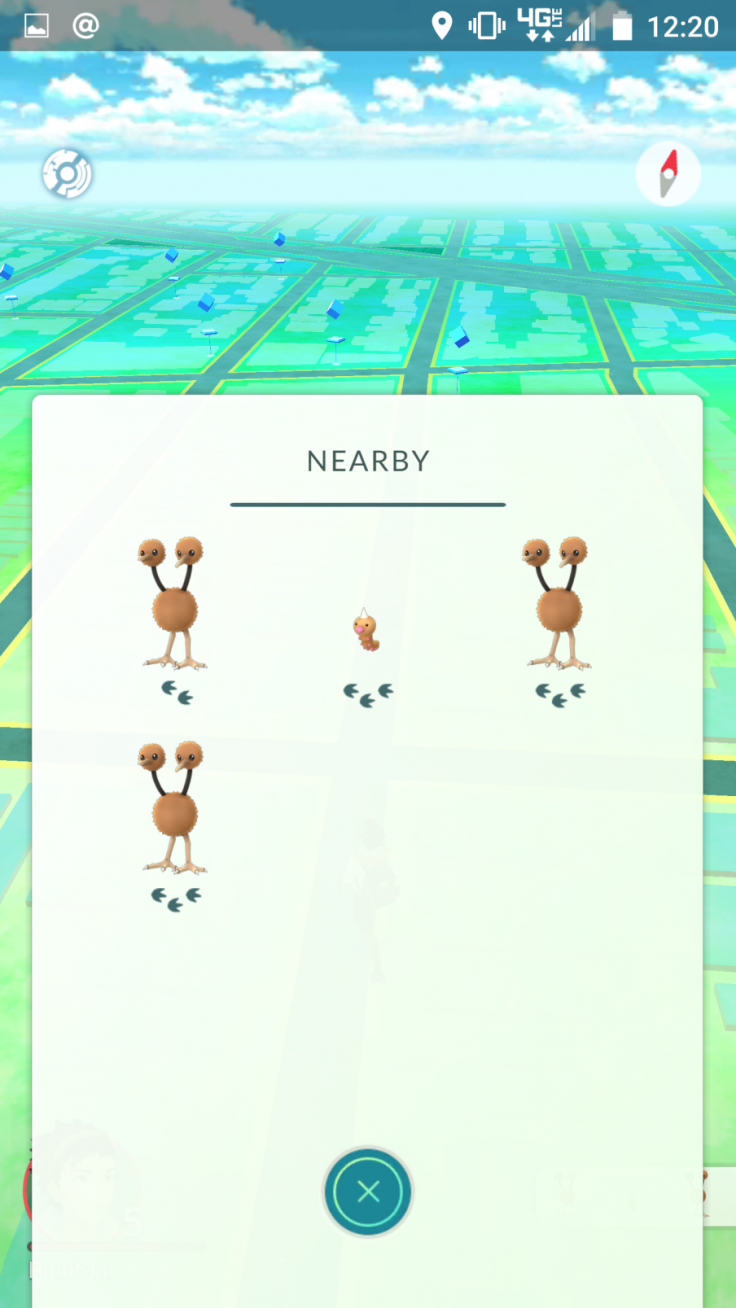
Trainers will also gain experience and gain levels as they travel and catch Pokémon.
CATCHING POKEMON
Catching a Pokémon in Pokémon Go is very different from the main games. You don’t use your party Pokémon to weaken a wild one, instead your catch rate is determined by a few factors.
The Pokémon’s CP level, the type of Poké Ball you used, your throwing technique, and other factors come into play when determining whether the Pokémon can be successfully caught.
Other Pokémon will simply run away so be sure to be quick.
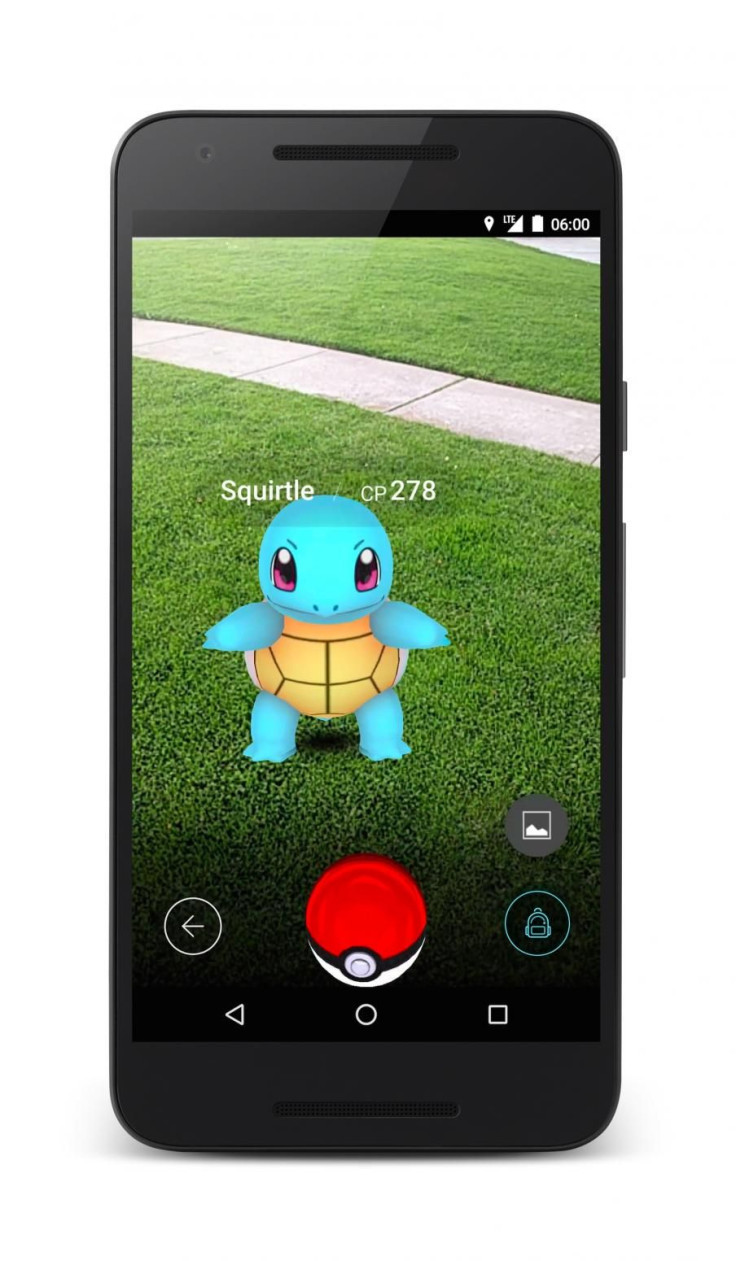
Your throwing technique is probably the one thing you’ll want to master. Your angle and force behind your throwing (which is a simple flick on the touchscreen) is a big factor. And, of course, you’ll want to hit the Pokémon with the Poke Ball.
If you have the AR turned on, you'll want to center the Pokemon on the screen. Keep your phone steady as you throw but if you want an easier experience, turn the AR off and the Pokemon will remain centered.
You'll also notice a ring inside a circle where the Pokemon is. When that ring (normally green) is at its smallest is when you'll want to throw your Poke Ball.
Various habitats will determine what Pokémon is found. For example, water Pokémon will be found near bodies of water and beaches. Use the Nearby feature on the bottom of the screen to see which Pokémon are around.
The item Incense will draw Pokémon toward your for 30 minutes, so be sure to use them when you are having trouble finding Pokémon in the wild.
POKEMON TRAITS
Now that you’ve caught a Pokémon, you can take a look at what it can do. A Pokémon’s Command Points (CP) determines how well they fight in battle. The higher the CP the better they fare.
You’ll also notice that some Pokémon of the same species will have varying CP when they are captured. Keep that in mind when you are training them up as you’ll want to keep the highest CP Pokémon.
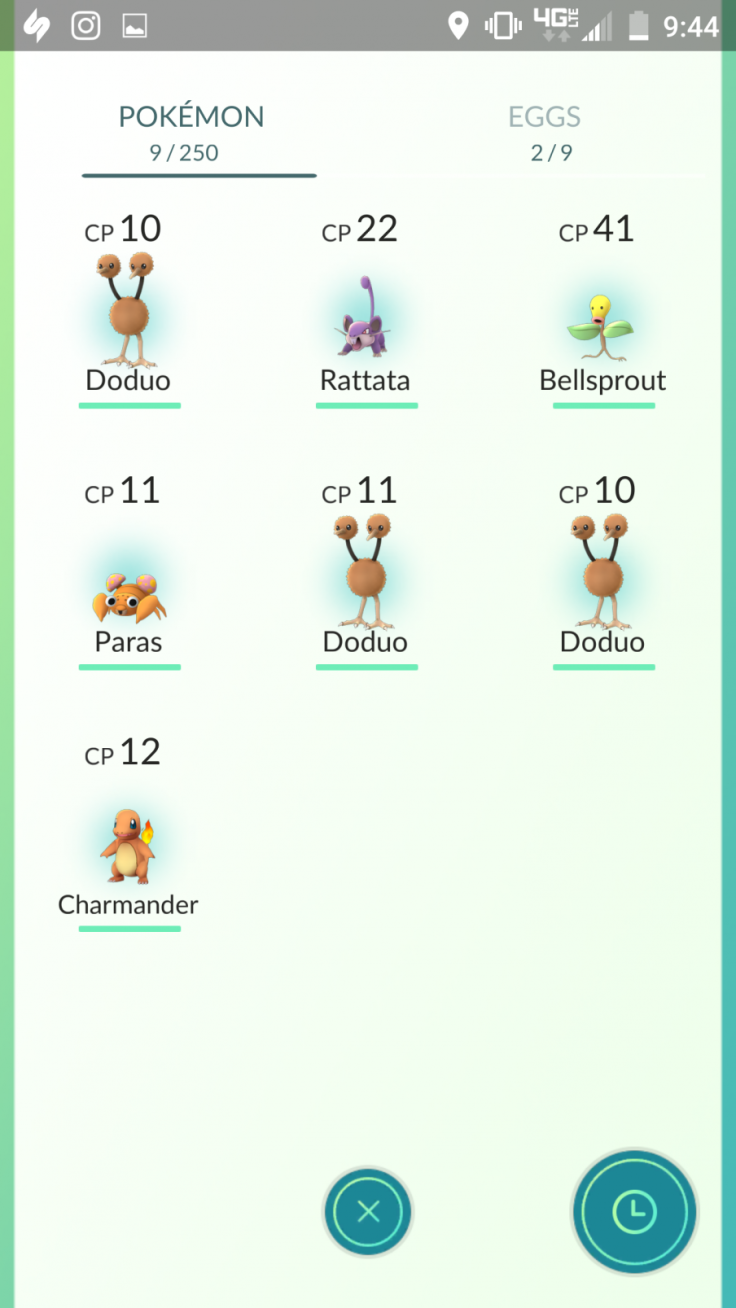
The higher your Trainer’s level, the higher CP Pokémon will appear.
LEVELING UP/EVOLUTION
If you want to level up your Pokémon, then you’ll have to use the Stardust gained from capturing Pokémon to do so.
Evolving Pokémon takes an extra step that involves the Transfer function, the Professor, along with Pokémon-specific candies.
We go more in-depth on leveling and evolving on our guide, here.
POKESTOPS
We mentioned PokeStops before and they are different areas around you that will give items and even Eggs.
The markers on the map will show blue squares, once you are close enough you just spin the medal and items will drop. There is a cooldown for each PokeStop so be sure to check back to certain landmarks to see when you can get more items from the same area.
EGGS
When gathering items at PokéStops, you may find Eggs that will eventually hatch into Pokémon. To hatch these Eggs, you'll need to walk around a certain distance.
The farther you have to walk, the rarer the Pokémon you'll find inside when it finally hatches.

You’ll need Incubators to hatch Eggs. There is one provided for you so only one Egg can be hatched at a time unless you purchase another one.
ITEMS
Like the Incubator and the Incense, there are plenty of different items in Pokémon Go. PokeStops are a great way to get more Poke Balls and other items. Serebii has a great listing of the differing items you can find, so check that out.
But like many mobile games, there are microtransactions that players can choose to purchase with real money. You can purchase Poke Dollars to get more items.
You’ll gain Poke Dollars by leveling up and performing other tasks in-game but if you want to shorten the process than you can purchase using money. Check out the chart for microtransactions below.
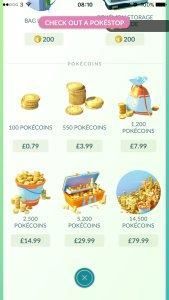
BATTLING/GYMS
After your trainer reaches Level 5 you can join a team (either Red, Blue or Yellow) and start to battle Gyms.
Once you join a team, you can assign Pokémon you've caught to an open Gym or to a Gym where a team member has placed one of his or her Pokémon. Like PokéStops, Gyms can be found at real locations in the world.
Only one Pokémon per player will be set at a particular Gym.
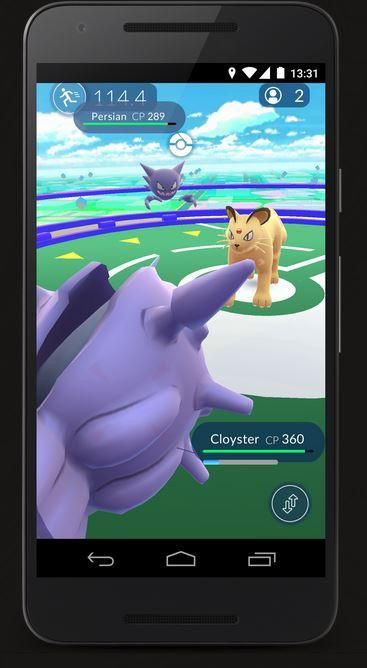
If you want to tackle another team’s Gym, you’ll want to check out its stats. Prestige determines how difficult a Gym will be to take it over. Training Pokémon at your Gym will increase its Prestige, while losing battles to other teams' Pokémon will lower it.
For more battling strategies and tips, visit our battle guide.
Training your Pokémon is simple, just visit a Gym that's already controlled by your team. Once there, you can train by battling against your own team's Pokémon. Defeat all of them and your Gym's Prestige will go up, making it more difficult to be defeated by another team.
If the Gym's Prestige is reduced to zero, the defending team loses control of the Gym, and you or another player can then take control of it by assigning a Pokémon to protect it.
Gyms are a collaborative effort in Pokémon Go so be sure to check back to your team’s Gyms once in awhile and be sure to train your own Pokémon.
If you want more in-depth details about Gyms and how they work, come over to our Gym Guide.
HEALING/REVIVING
When your Pokémon battle they will inevitably take damage and maybe even faint. Even if you win a battle, the damage your Pokémon take will not heal automatically and there are no Pokémon Centers. Instead you'll have to use speical items. Here's an in-depth guide to healing and reviving your Pokémon .
And that’s it. Did we miss any useful information regarding Pokémon Go? Let us know in the comments section below.
- As Close To Living Pokémon Fantasy As It Gets
- Active And Engaging Experience
- Lots Of Mon And Events
- Battles Aren't What Fans Expect
- Very Grindy



















